Introduction
This comprehensive guide covers everything you need to know about flexible heaters and their applications.
Key topics include:
- Understanding Flexible Heaters
- Different Types of Flexible Heaters
- Key Components of Flexible Heaters
- Practical Applications of Flexible Heaters
- And much more...
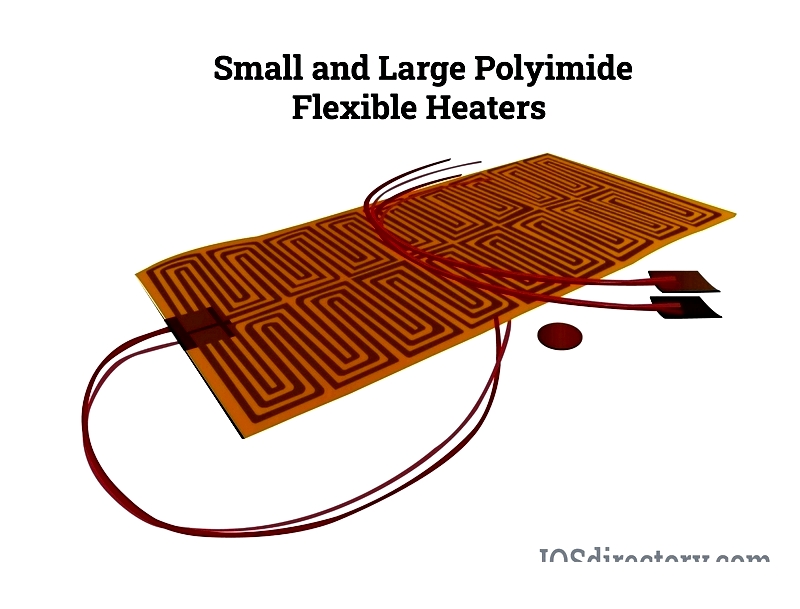
Chapter 1: What is a Flexible Heater?
Flexible heaters are made from bendable materials that can conform to various surfaces requiring heat. Available in multiple forms like polyimide films, silicone rubber, tape, and custom designs, these heaters typically feature chemically etched, screen-printed, or wire-wound elements for optimal surface adaptation.
Known for their durability, precision, and efficiency, flexible heaters are ideal for diverse heating needs. Their lightweight construction and ability to withstand harsh conditions make them valuable in industrial, commercial, and military applications.
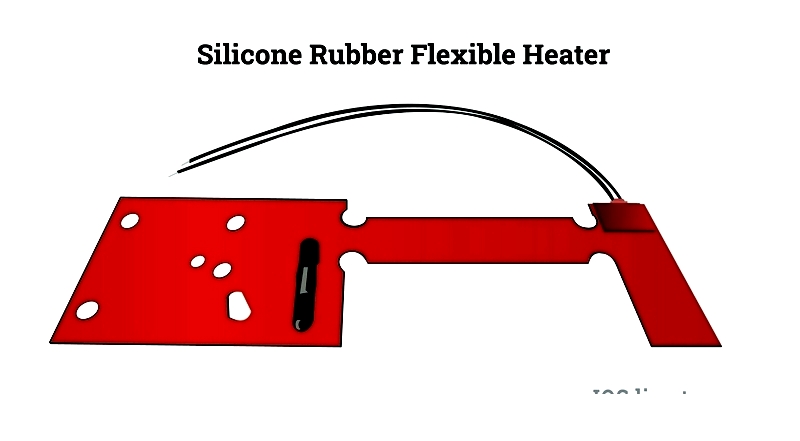
Flexible heaters were developed to address heating challenges where traditional heaters proved inadequate. Their ability to conform to various surfaces led to the creation of specialized heaters for efficient heat delivery across different environments.
Chapter 2: Types of Flexible Heaters
Flexible heaters are engineered for adaptability across industrial, commercial, and laboratory applications. Each type uses specific materials like polyimide, silicone rubber, or polyester to optimize performance for different temperature requirements and environments.
These heaters utilize conductive metals like copper or resistive alloys for efficient heat transfer. Their thin, flexible design allows them to conform to curved surfaces and compact assemblies, providing targeted thermal solutions.
Common Flexible Heater Configurations
The market offers three main types: etched foil, screen-printed, and wire wound heaters. Each type has distinct manufacturing methods and is tailored for specific thermal management needs.
Etched Foil Flexible Heaters
These heaters use precision chemical etching to create heating circuits on thin metal foils. Ideal for applications requiring rapid response and complex geometries, they're commonly used in medical equipment and aerospace applications.

Wire Wound Flexible Heaters
Featuring resistance wires laminated between insulating layers, these heaters are durable and suitable for continuous operation. They're often used in freeze protection and industrial process heating.

Screen Printed Flexible Heaters
Using conductive ink applied through screen printing, these heaters offer customization and are cost-effective for mass production. Common applications include automotive seat warmers and medical devices.
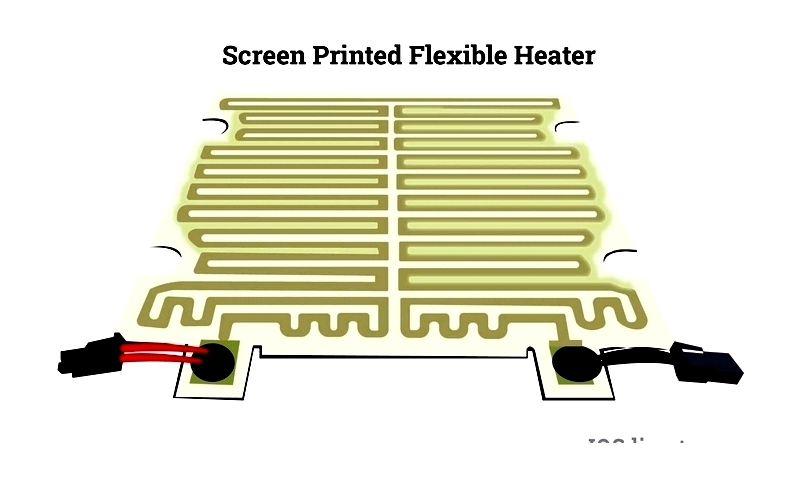
Polyimide Flexible Heaters
Known for temperature resistance and chemical inertness, these heaters operate in extreme conditions (-200°C to 260°C). Their thin profile makes them ideal for aerospace and electronics applications.
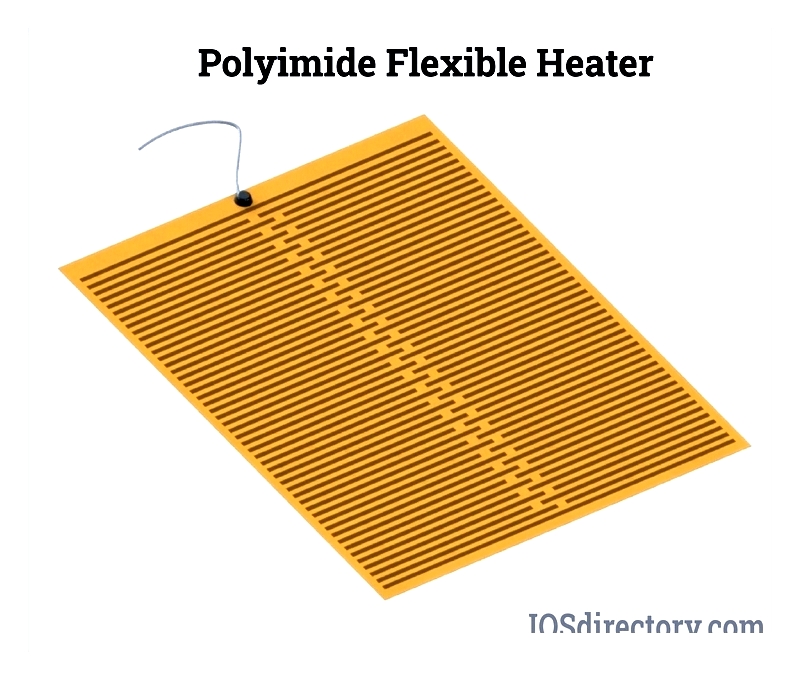
Silicone Rubber Flexible Heaters
Combining silicone resilience with heating technology, these durable heaters are used for freeze protection and viscosity control in various industries.
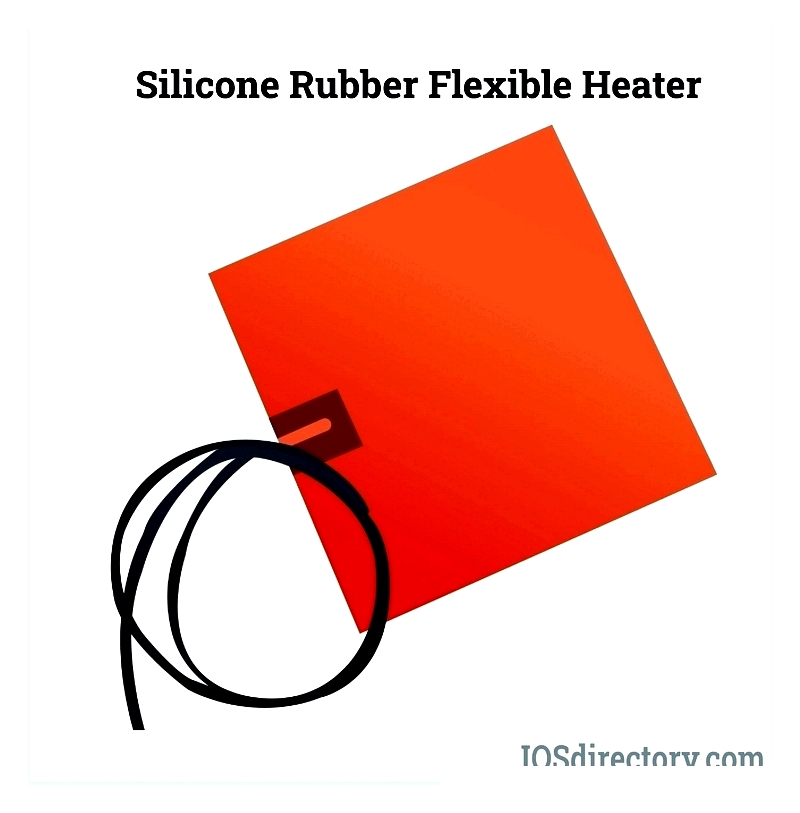
Polyester Flexible Heaters
Cost-effective solutions for low-to-moderate temperature applications, these heaters are commonly used in automotive and display technologies.
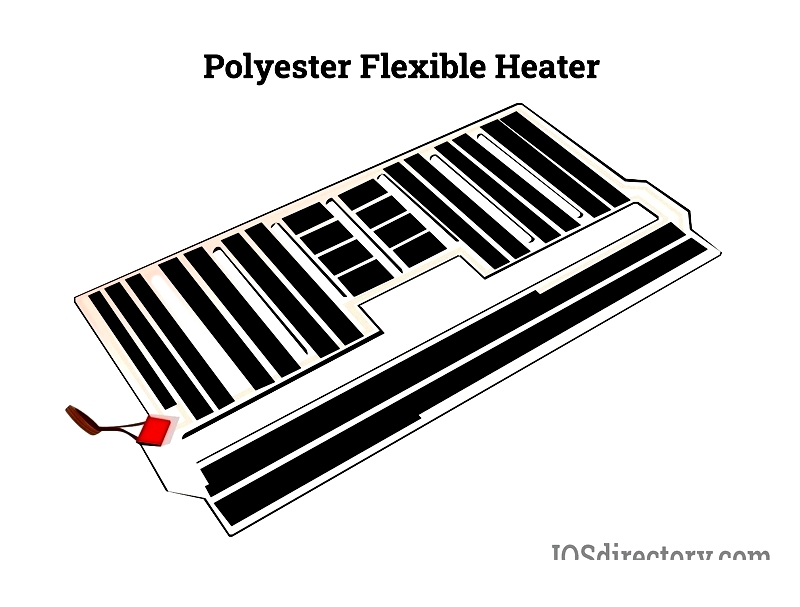
Chapter 3: Manufacturing Flexible Heaters
Flexible heaters are produced through various methods depending on their type. The three primary manufacturing processes are for etched foil, wire wound, and screen printed heaters.
Etched Foil Heater Production
This process involves selecting appropriate foil and substrate materials, bonding them with adhesive, and using chemical etching to create precise heating circuits.
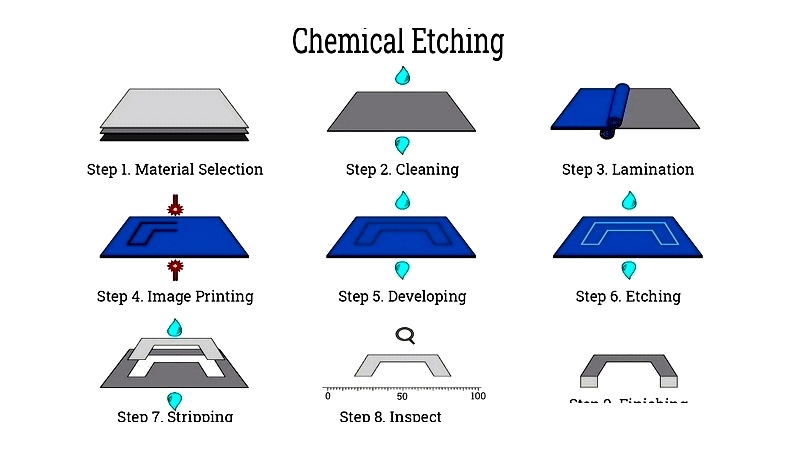
Wire Wound Heater Production
Resistance wires are wound and embedded in flexible substrates like silicone rubber. This method is straightforward and produces durable heaters for rugged applications.
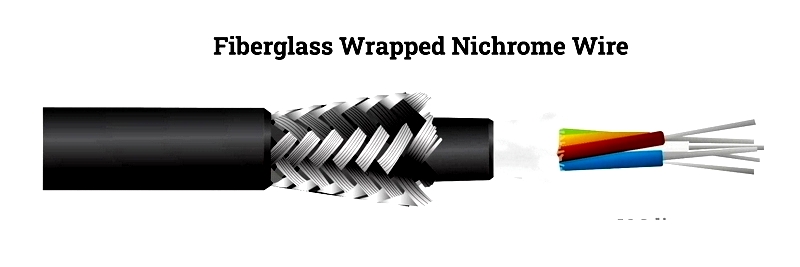
Screen Printed Heater Production
This method uses conductive inks printed onto flexible substrates through stencils. It's efficient for mass production and allows for custom designs.
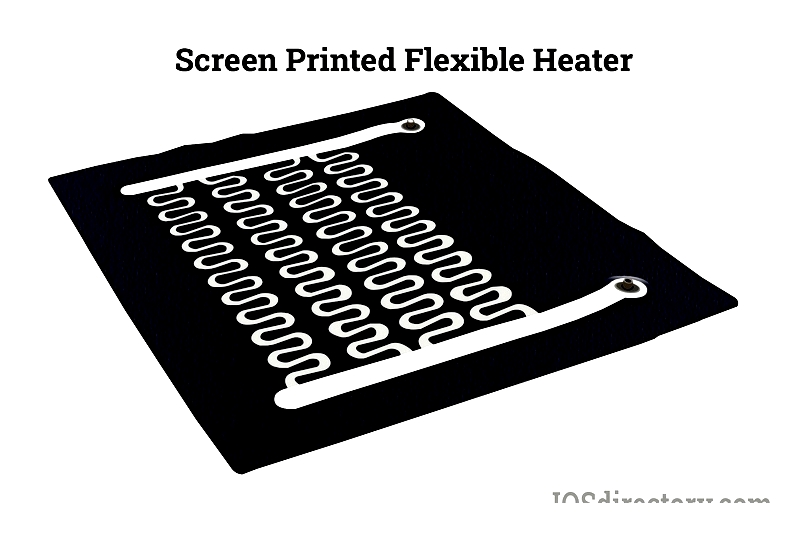
Selecting the Right Heater
Choosing the appropriate flexible heater depends on factors like operating temperature, power requirements, and environmental conditions. Manufacturers can provide guidance for specific application needs.




